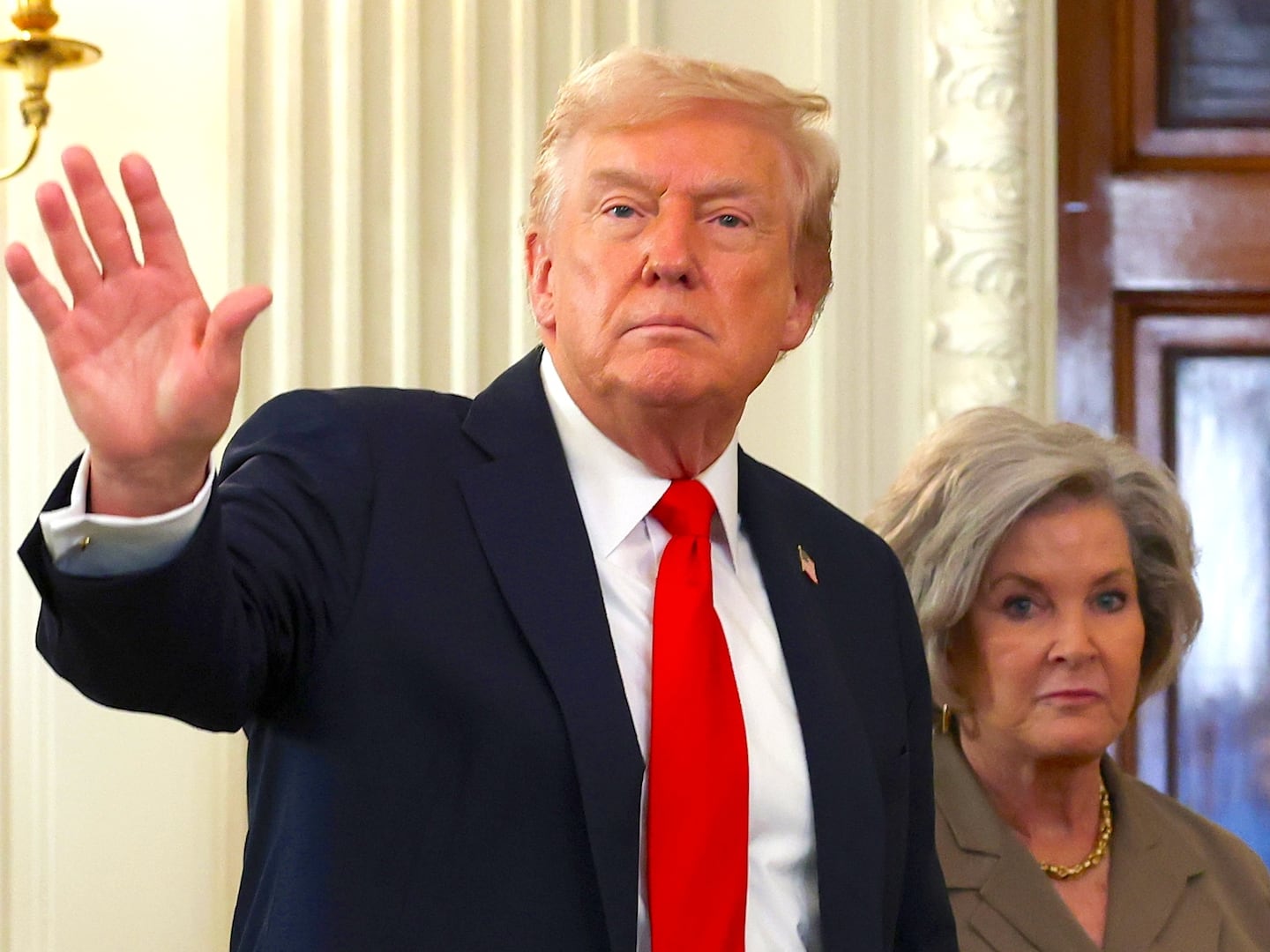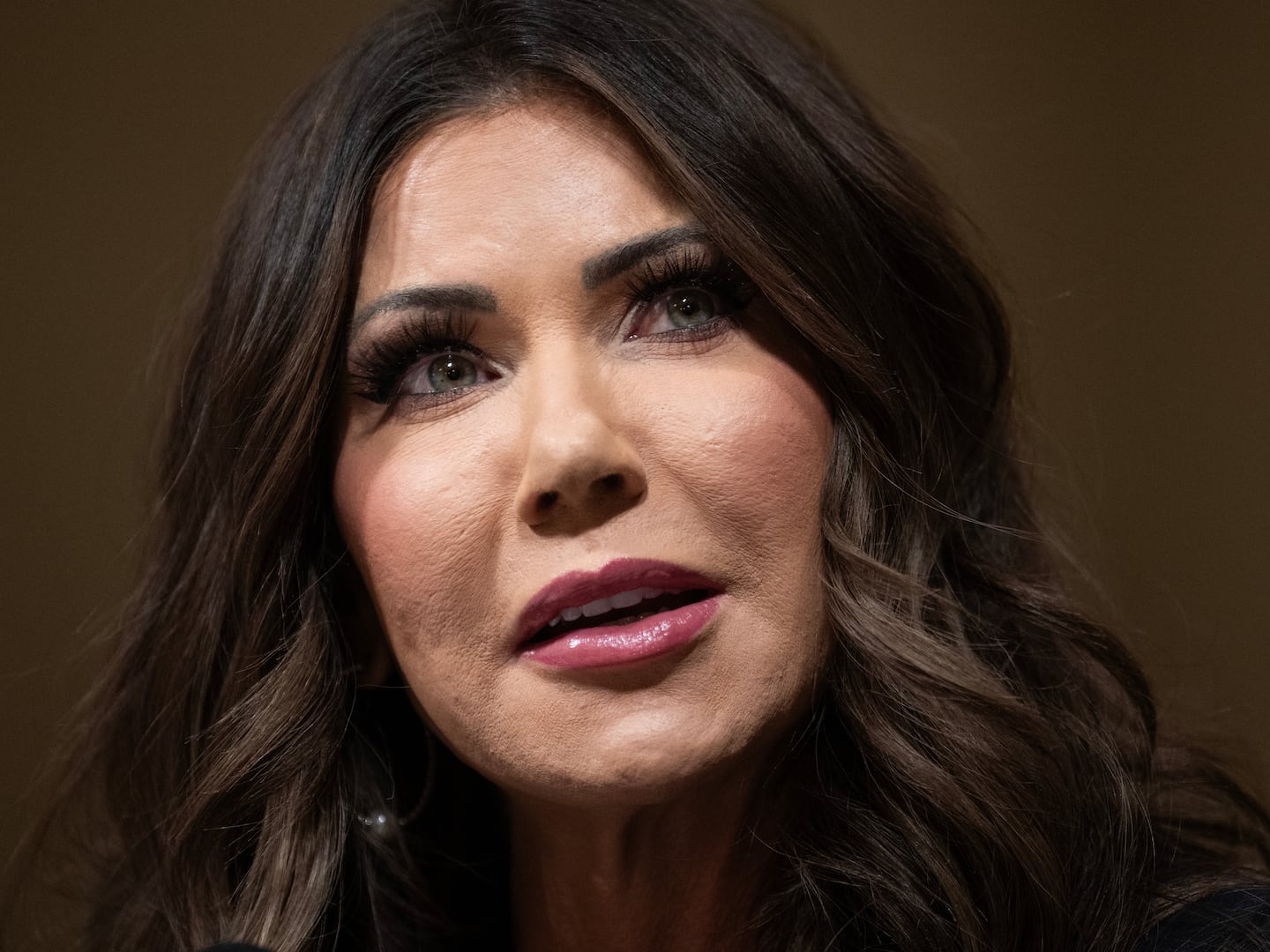I have a confession to make. I used to belong to a group that has killed and maimed thousands of women since I joined in 2004. Within this same organization, numerous sexual assaults on its own women occur year after year, often unchecked and unreported. I turned a blind eye. I tried to convince myself I wasn’t involved. I even blamed the victims—anything to keep from becoming one of them.
I wasn’t in a gang. I wasn’t brainwashed in some fundamentalist cult. Nor was I one of the hundreds of thousands of women forced into prostitution every year by human traffickers. I was a sergeant in the United States military.
What can we do when a trusted national institution responsible for restoring peace and upholding democratic values allows any violence—especially sexual violence—to proliferate within its ranks? This is the question our military’s leaders should be grappling with this week. Recent reports and profiles of rampant sexual assault of recruits by their instructors in initial entry training.
Today marks International Women’s Day, and the United Nations Commission on the Status of Women is asking us all to be aware of and consider the 2013 theme of “elimination and prevention of all forms of violence against women and girls.”
On this International Women’s Day, I call on our military leaders to recognize that eliminating and preventing sexual violence within the ranks involves much more than simply improving reporting, cracking down on offenders, or enforcing a “battle-buddy” system. It requires a cultural shift that can only happen from within the organization, starting with leadership.
The irony of this year’s theme in our domestic context is readily apparent. Because of the Department of Defense’s decision to lift the 1994 ban on women serving in combat roles, women will now have equal opportunity to stand up for the American values and institutions that should protect all women against sexual violence. But as we charge women with this duty, we must take steps to ensure that they do not live in fear of the threat of sexual abuse within the military.
There is a persistent problem of institutionalized sexual violence in the military that involves much more than a perpetrator-victim dynamic. The military’s intensely hierarchical structure is necessary for order and discipline, but it also gives superiors a degree of control unlike almost any other organization. It provides ample opportunity for the strong to prey on subordinates through the “break and build” mentality—a frequently employed training strategy that some superiors have taken too far. For all our society’s advancements, subordinates still have limited recourse, especially in a training environment.
Furthermore, women only make up approximately 15 percent of the total force, mostly in “service and support” roles that are seen by many as subservient to the men in the combat arms community. Many have speculated that allowing women to serve in combat roles will help eliminate the “brass ceiling” that accounts for the paucity of women in the highest ranks, and issues that affect women disproportionately, like sexual violence, will receive just attention.
Preventing, eliminating, and caring for victims of sexual assault in the military should be a natural bipartisan effort. Legislative victories have been slow in coming, and there is no reason to believe they will have an effect on the military subculture or sufficiently prevent and eliminate sexual assault. While the recently introduced Ruth Moore Act of 2013 is a bold and necessary step toward protecting military sexual-trauma victims, it has only a 3 percent chance of getting past the House Veterans’ Affairs Committee. The 2013 National Defense Authorization Act included 19 sexual-violence provisions, but there is no guarantee they will be expeditiously implemented or applied consistently. Even the long-overdue reauthorization of the Violence Against Women Act last week missed an opportunity to add specific military provisions.
Commanders can’t afford to wait for guidance or action to come from a divided Congress, especially on an issue as nuanced as institutionalized sexual violence in our armed services. Our military leaders of all grades are under a moral imperative to enforce a higher standard, and to do better than our Congress to protect all servicemembers, especially women, from sexual violence.
From field-grade officers to training instructors, and from the Joint Chiefs of Staff to the lowest enlisted recruits who are our military’s future leaders—every leader needs to reexamine how he (or she) can reinforce a culture of service, not subservience; of openness, not oppression; of sacrifice, and not submission.






